
안녕하세요 씨티바이크입니다.
덕분에 저희도 제품 공부를 많이 하게됩니다. 다른 사용자들에게 틀림없이 많은 도움이 될 것 같습니다.
미국 셜리본사의 글 링크감사드립니다. 잠간 함께 살펴보겠습니다.
셜리사의 생각은 셜리사의 제품뿐만 아니라 타사의 자전거의 경우도 킥스탠드를 함부로 장착하지 말아라 인것 같습니다. 즉, 사용자가 자신의 자전거프레임의 재질과 제조상의 특성 등을 잘 모른채 킥스탠드를 장착했을 때 셜리사 LHT의 경우처럼 체인스테이가 찌그러지거나 유사한 다른 문제들이 생길수 있다는 것입니다.
셜리사 제품들은 LHT 및 셜리사의 다른 모델들의 경우도 라이딩 품질을 위해 체인스테이튜빙을 얇게 가공했기 때문에 킥스탠드를 장착하지 마시기 바랍니다.
타 제조사 자전거의 경우, 즉 일반적인 킥스탠드 장착시에도 주의를 기울일 필요가 있습니다. 특히 조임 강도가 너무 강하면 이미 장착단계에서 체인스테이 튜빙에 손상을 입힐 수 있으며 너무 헐겁다면 (처음부터 헐겁게 장착하는 경우는 거의 없습니다. 사용하면서 볼트조임이 풀어지면서 헐거워질수 있습니다.) 킥스탠드 조임부의 특정위치가 체인스테이의 특정면에 집중되어 체인스테이에 긁힘이 생기고 반복시 긁힘이 확대되어 치명적이 결과에 이를수 있는 가능성도 존재합니다. 최초 장착시 킥스탠드가 흔들리지 않는 수준에서 볼트조임강도를 최소화하여 장착하며 볼트의 조임이 정상상태인지 종종 확인하여 부드럽게 조여 관리해야 한다는 점에 저희도 동의합니다.
셜리로고가 없는 올드모델의 경우 플레쳐사(Pletscher)의 양발스탠드가 자신들의 경험상 가장 안정적이라고 이야기 하고 추천한 것이 눈에 띕니다.
적정토크 미표기 관련 고객님의 작은 오해가 있으신 듯합니다. 적정토크는 조이는 킥스탠드의 바디와 볼트보다는 장착되어지는 즉 조임을 당하는 대상물의 강도가 더 큰 변수로 작용하게됩니다. 적정토크는 제조사 재질 및 강도에 따라 매우 상이하게 나타날 수 있습니다.
들어세우기에 대한 이야기는 저희가 실제 사용하면서 느낀 점이며 플레쳐사 메뉴얼에 나와있는 내용은 아닙니다. 짐이 어느 정도 실린 상태에서 양발스댄드를 밀어 세우면 싯스테이와의 연결부는 물론 두개의 다리중 우측다리에 많은 부하가 발생합니다. 자전거가 가벼운 상태라면 부하가 적겠지만 짐이 실린 상태에서는 상당한 수준의 부하가 발생합니다.
고객님의 참여로 이루어진 더블랙에 대한 업그레이드된 정보 감사드립니다.
Kickstands On Long Haul Truckers
Well for f*ck's sake. We thought publishing this piece would help pre-empt some of the emails we'd been getting about putting kickstands on Long Haul Truckers and others of our frames. What happened instead was that it brought a spate of alarmed emails ranging from anger over our anti-kickstand stance (we're anti-kickstand? I don't recall saying that); to people who weren't concerned before, now very concerned about adding or continuing to use a kickstand; to people who had already crushed their chainstays now trying to backpedal their circumstance in order to hold us accountable since we bothered to say anything about it. Cripes. It doesn't pay to try.
The bulk of those correspondences seems to have passed, so we are leaving this post up in the probably futile hope that it helps people understand the technicalities and potential pitfalls of adding a kickstand. We intend it to be educational, not political. You like kickstands? Fine. But read it. THINK about it. If none of this suits you, then our answer must be: Forget it. DON'T use a kickstand unless you know exactly what you're doing. The main body below was first published a few months ago in April or May of 2010. We've made some edits based on questions or concerns people raised, but have left it mostly untouched. Unlike your mom.
**********************************************************************************************
Occasionally we hear from someone who has installed a kickstand on their Long Haul Trucker and crushed the chainstays. This is never a good conversation –for you or us—but almost no one thinks that installing a kickstand is worth asking about beforehand, so most people contact us only after they have just destroyed their frame.
If they had asked us before they installed it we would have led off with the self evident advice that a bike which is lying down can’t fall over. More often than not there is a tree or a building or something that you can lean your bike against if you don’t want to lay it down. But we know there are times a kickstand is a pretty nice thing to have, like when you have a heavy, loaded touring bike. It is inevitable that some people will use kickstands, so in order to avoid the future unpleasantness of The Conversation let’s lay this out clearly here and now:
You can crush the chainstays of the Long Haul Trucker (and our other frames too) if you tighten the kickstand’s clamp bolt too much, or, if you leave it too loose. This is because the chainstay tube walls are not super thick. You can crush them or flex them to death. The LHT chainstays were chosen to optimize the strength-to-weight ratio for the task at hand --hauling gear various distances-- while minimizing unwanted torsional flex in the rear triangle. They are not designed specifically for the clamping forces imposed on them by chainstay-mounted kickstands. Thicker stays could be used, of course, but there would be a performance penalty, and we are not willing to sacrifice ride quality for the sometime-convenience of a kickstand. Since kickstands can safely and effectively be installed without hurting the stays, this is not a great solution. Why don’t we just add one of those kickstand mounting plates under the stays? Because those plates introduce more weld heat to an already sensitive area, meaning we'd likely have to go to thicker walled stays, and we're back to the design-intent and ride quality issue. And anyway they're fugly.
So far we have talked only about kickstands that mount by clamping above and below they chainstays where they meet the bottom bracket. Some people prefer rear mounting kickstands which usually clamp around the non-driveside seat- and chainstays. They won't work, sorry. This type do not work on most Long Haul Truckers because of the placement of the spare spoke holder in conjunction with the shape of our proprietary dropout. Older style dropouts, without the Surly logo, may work with those kickstands.
We recommend the use of two leg kickstands such as the Pletscher. Such a design helps reduce the potential for chainstay flex compared to that which a loaded bike leaning on a kickstand single leg can impose. And because of the extra leg and the placement, they tend to be the most stable in our experience.
The long and short of it is this: Use caution when installing a kickstand on any bike. Use the least amount of force necessary to keep it from moving around or coming loose. Watch what you're doing while you're tightening the bolt. And most imporant of all: check your equipment. Watch what is happening so you can stop if you need to, and check over the clamp, chainstays, and the securing bolt or nut from time to time to make sure everything is copacetic . Some people use cloth bar tape or sections of old thin road tire or rubber tubing between the kickstand plates and the stays. This can help keep the kickstand from wiggling around, reducing the amount of torque necessary to keep it in place. But this isn’t a magic bullet. Check your equipment.
O.K.?
---------- Original Message ----------
귀 사의 공식적인 답변 잘 보았습니다.
아래 답변 2에 대하여 이 것이 정말 귀사 혹은 제조사의 공식적인 답변인지 확인 하고 싶군요.
" 2) 양발스탠드를 접고 펼때 반드시 자전거를 들어올려야 합니다. 자전거 뒷바퀴와 양발스탠드가 공중에 뜬 상태에서 더블랙을 접고 펴는 것이 정상적인 사용법입니다. 특히 짐이 실린 경우 더욱 중요합니다."
만약 이 것이 사실이며 제가 제품을 잘 못 선택 한 것이며 귀 사 역시 이에 대한 정보를 홈페이지에 게시 하지 않음으로 인하여 소비자에게 정확한 정보를 제공하지 않았다고 봅니다.
여행용 짐을 가득 실은 자전거를 세우거나 세운 후 출발 시에는 본 제품을 장착한 경우는 그 무거운 자전거를 들어 올리란 말이지요?
저는 힘이 없어서 그렇게 하지 못합니다. 더군다나 장거리 라이딩으로 체력을 소비한 상태에서는 자전거를 밀어서 세우는 것도 귀찮습니다.. 그런데 자전거와 무거운 짐을 모두 들고 본 제품을 펴고 접으라는 것은 무거운 짐을 가진 장거리 여행자 혼자서는 노동이며 자전거와 짐에 의하여 다칠 수도 있는 상황입니다.
장거리 여행시에는 투어링 자전거와 짐 무게만 50Kg 에 육박하는 경우가 많습니다.
제 의도는 귀사에 어떤 책임을 물으려는 것이 아니었으며, 이 제품의 사용시 발생하는 문제를 정확히 귀사에 알려 드리고 이를 제품 정보에 올려 주셔서 좀 더 신뢰있는 회사가 되기를 바란 것입니다만....
하여간 귀 사의 2번 답변, 즉 "무거운 짐을 들은 자전거를 들어올려야만 이 제품 시용에 문제가 없다"라는 정보는 추후 미래의 소비자들께서 본 제품 선택에 많은 도움이 될 것으로 생각합니다.
셜리 본사의 글을 못 찾으셨다고 하니 아래 링크 하여 드립니다.
http://surlybikes.com/info_hole/spew/kickstands_on_long_haul_truckers
본 제품의 설치 부속을 너무 조여도, 너무 덜 조여도 체인 스테이가 망가진다고 합니다. 즉 적절히 조여야 한다는 것인데 그렇다면 어떤 정도가 적절한지 적정 토크 값이라도 본 제품의 설명서에 나와야 하는 것이 올바르지 않을까 합니다.
적정 토크 값도 제시 하지 않고본 제품과 같은 물건을 만들어 팔고 문제가 발생할 경우 소비자가 적절하게 저이지 않아서, 즉 너무 조여서, 아니면 너무 덜 조여서 프레임이 망가진 것이라고 한다면 소비자는 어디에 하소연 합니까?
감사합니다.

 김동구
2015-10-09
김동구
2015-10-09
 더블랙 센터 킥스텐드 Double Leg ESGE center kickstand
더블랙 센터 킥스텐드 Double Leg ESGE center kickstand
 이용호
2015-07-10
이용호
2015-07-10
 더블랙 센터 킥스텐드 Double Leg ESGE center kickstand
더블랙 센터 킥스텐드 Double Leg ESGE center kickstand





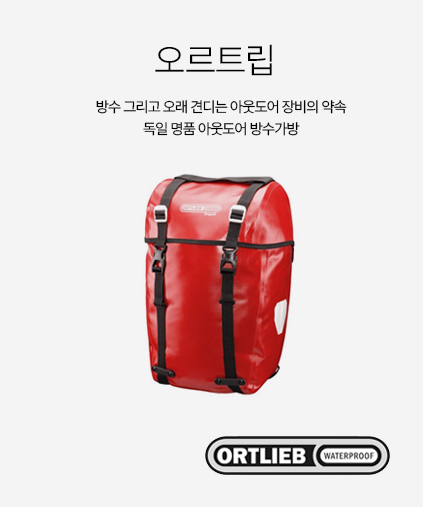
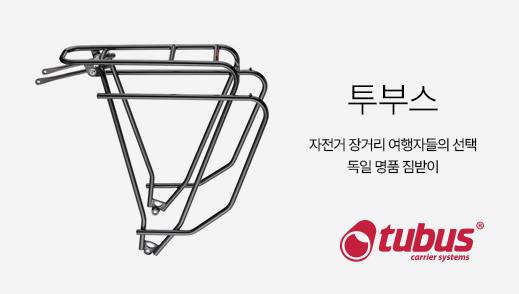
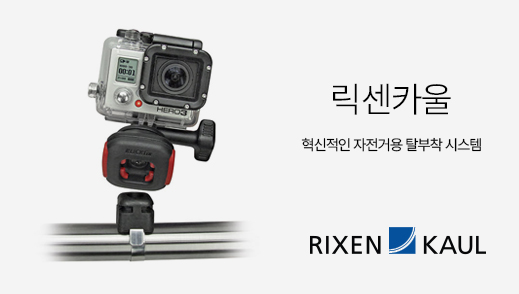
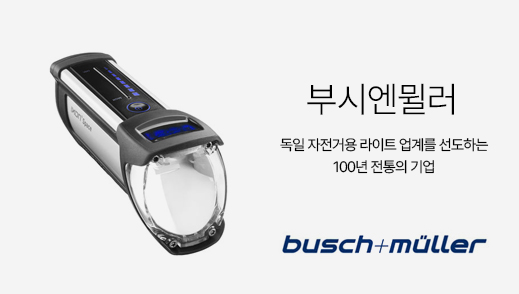
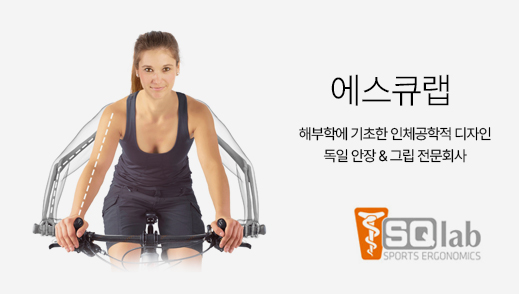
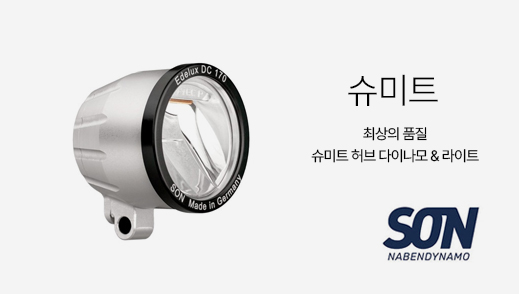
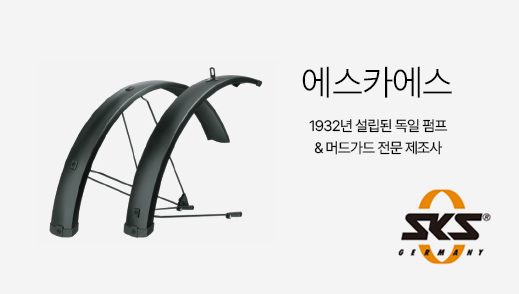
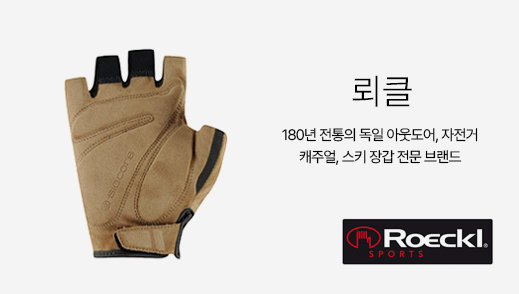


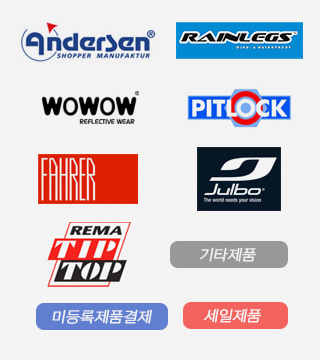
 네이버톡톡으로 문의하기
네이버톡톡으로 문의하기 카카오톡채널 #
카카오톡채널 # 폼메일 상담
폼메일 상담








댓글목록
등록된 댓글이 없습니다.
회원에게만 댓글 작성 권한이 있습니다.